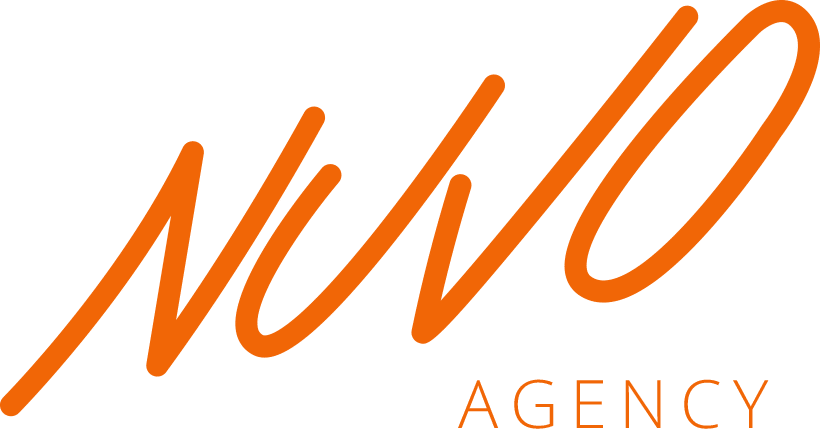Working with home service companies over the last 10 years has allowed me to test new marketing strategies and operate marketing campaigns under all sizes of budgets. From this I can tell you that having a solid plan is more important than how much money you spend in almost every scenario.
Whether you’re in HVAC, basement waterproofing, or roofing, a well-rounded home service marketing strategy can significantly boost your lead generation efforts. Below, I’ll outline five key marketing strategies that can help you enhance your local online presence and grow your home service business.
Here are the five key strategies to boost your marketing efforts:
- Utilize both Paid and Organic Search
- Utilize Marketing Channels To Reach Your Audience
- Enhance Your Conversion Strategies
- Use New Technology To Boost Your Engagement
- Track User Data & Interactions to Optimize Your Strategy
Step 1. Combine Paid and Organic Search Methods
To ensure potential customers find your business online, it’s essential to optimize your website for search engines. There are two primary ways to achieve this: through paid search and organic search.
Paid Search
Paid search involves paying for your website to appear in search engine results. The most common types of paid search are pay-per-click (PPC) and Local Service Ads (LSAs). With PPC, you pay a fee each time someone clicks on your ad, which appears at the top of search results. LSAs are particularly effective for home services businesses as they target users searching for specific services.
Organic Search
Organic search refers to the non-paid links that appear in search engine results pages (SERPs). To improve your rankings in organic search, your website must undergo Search Engine Optimization (SEO). This process includes optimizing your website’s content and structure so that search engines recognize its relevance and rank it higher for relevant keywords.
Why Combine Paid and Organic Strategies?
A balanced approach that combines both paid and organic strategies is often the most effective. Paid search can provide immediate visibility, driving traffic quickly, while organic SEO builds long-term credibility and trust with your audience.
SEO Best Practices:
- Content Optimization: Create and publish content that answers common questions or addresses the pain points of your target audience. For example, a page about “emergency roofing services” optimized for keywords like “emergency roofer in Boston, MA” can help you rank higher in local searches.
- Keyword Research: Use tools like Google Keyword Planner or Ahrefs to identify high-value keywords your audience is searching for. Incorporate these keywords naturally into your website’s content, meta tags, and headings.
- Technical SEO: Ensure your website is mobile-friendly, loads quickly, and has a clean, intuitive structure. These factors contribute to a better user experience, which search engines reward with higher rankings.
Step 2. Diversify Your Online Marketing Channels
Not all your potential customers are found in the same place online. Some might prefer social media platforms like Facebook or LinkedIn, while others rely on search engines or directory listings like Angi when searching for home services.
Understanding Online Marketing Channels
Online marketing channels refer to the platforms where you can promote your brand and services. These channels can be either organic, where you don’t pay to reach your audience, or paid, where you invest money to gain visibility.
Why Diversification Matters
Diversifying your online marketing channels ensures you reach a broader audience. Considering that 70% of consumers use multiple communication channels before making a purchasing decision, having a presence across various touchpoints keeps your brand top-of-mind for prospective customers.
In Practice:
For example, a landscaping company might run Google ads targeting keywords related to seasonal lawn care while simultaneously creating informative social media posts about “best practices for spring lawn maintenance.” This approach ensures that the company is visible to customers across different stages of their buying journey, whether they’re actively searching for services or simply gathering information.
Step 3. Convert Prospective Customers into Loyal Clients
Capturing a potential customer’s attention is just the first step. To convert them into loyal clients, you need to provide the right information and reassurance.
Key Conversion Strategies:
- Service Descriptions: Clearly outline the services you offer on your website. Detailed service descriptions help potential customers understand what they can expect, reducing any hesitation they may have.
- FAQs and Testimonials: Address common concerns with a well-crafted FAQ section, and build trust with testimonials from satisfied customers. These elements help to reassure prospective customers and can be the deciding factor in their decision to choose your business.
- Effective CTAs: Place strong, clear calls-to-action (CTAs) throughout your website to guide visitors towards booking a service or contacting your team.
The goal is to move beyond just grabbing attention; you want to convince visitors that your business is the best choice for their needs.
Step 4. Embrace New Technologies
Incorporating new technologies into your marketing strategy can streamline operations and enhance customer experiences.
AI-Powered Tools
Artificial Intelligence (AI) is revolutionizing the way consumers interact with businesses online. AI-driven chat solutions, for instance, can manage inquiries, book appointments, and provide personalized customer service around the clock. These tools ensure that even when your team is unavailable, potential customers can still engage with your business.
In Practice:
For instance, a pest control company might add an AI-powered chat feature to their website, allowing prospective customers to book consultations 24/7. This not only improves customer satisfaction but also increases the likelihood of converting leads.
Step 5. Leverage Data to Improve Marketing Strategies
Tracking and analyzing data using a system like Google Analytics is crucial for understanding the effectiveness of your marketing efforts and identifying areas for improvement.
Key Metrics to Monitor:
- Return on Investment (ROI): The most critical metric to track is ROI. If your marketing efforts are not generating more revenue than they cost, it’s time to reassess your strategy.
- Cost Per Lead (CPL): Measure the cost of acquiring a new lead through different channels. This helps you determine which marketing activities are the most cost-effective.
- Conversion Rates: Track how many of your website visitors take a desired action, such as filling out a form or making a purchase. High conversion rates indicate that your marketing is effectively driving leads.
In Practice:
A plumbing company could use a unified dashboard to track the performance of its Google Ads, Facebook Ads, email marketing, and website. By analyzing this data, the company can identify which channels are driving the most leads and adjust its budget and strategy accordingly.
Key Takeaways: Why You Should Be Tracking Data On your Website
Implementing these home service marketing strategies can significantly boost your lead generation and help your business grow. By optimizing your website for search engines, diversifying your marketing channels, focusing on conversions, embracing new technologies, and leveraging data, you can create a comprehensive marketing strategy that drives results. Whether you’re just starting out or looking to refine your approach, these strategies will position your business for success in the competitive home services industry.
If you have any questions about implementing these strategies for your business we can help. Contact our home service marketing experts at Nuvo Agency to schedule a free consultation.

